Griffith Observatory is one of Los Angeles’ most beloved landmarks and a popular tourist destination for both locals and visitors alike.
Perched atop Mount Hollywood, this iconic observatory has been a city landmark since it first opened in 1935.
The observatory offers a variety of activities, including star-gazing, planetarium shows and educational programs, as well as a stunning view of the Los Angeles skyline.
This article will provide an overview of Griffith Observatory, its history and its attractions.
Griffith Observatory Tickets
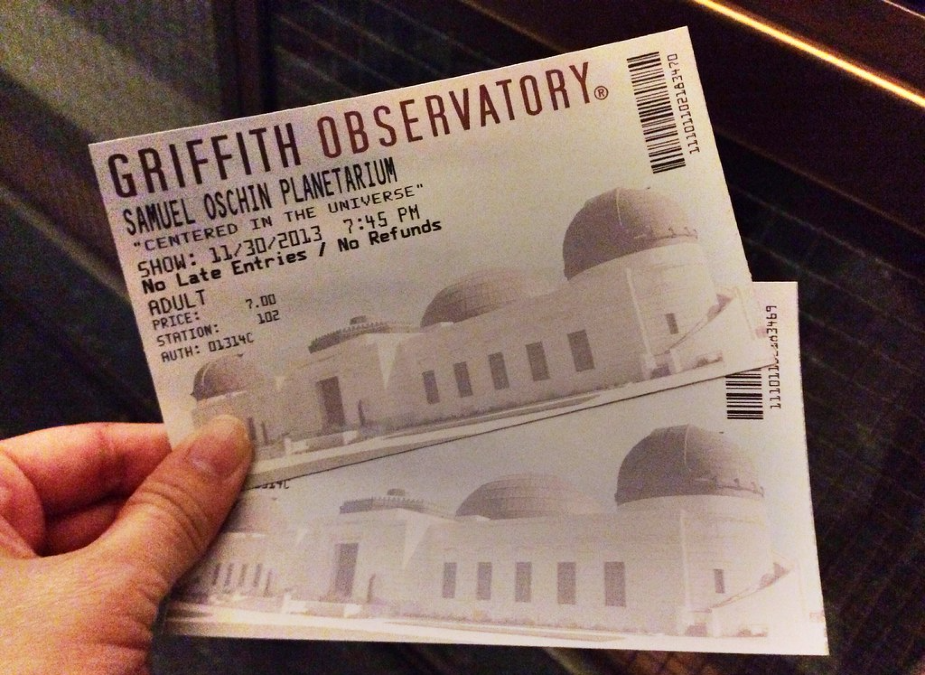
Griffith Observatory offers various types of tickets for visitors to tour around.
With a guided tour ticket, you can tour the observatory, visit the Ahmanson Hall of the Sky, and admire real pieces of meteorites with an expert guide.
If you wish to visit this unique observatory without the crowd, get yourself a Griffith Observatory private tour ticket and tour with a guide.
Learn interesting facts about the sky, attend a planetarium show, science-themed exhibitions and more.
Not just the exhibits of the observatory, even a hike to the observatory is a memorable journey.
Get yourself a Griffith Park hike ticket and tour around the park before you visit the observatory with a guide.
History of Griffith Observatory
The Griffith Observatory is an iconic Los Angeles landmark located on the south-facing slope of Mount Hollywood in Griffith Park.
Built in 1935 by philanthropist and telescope enthusiast Griffith J. Griffith, the observatory, which includes a planetarium and exhibition space, is open to the public.
Griffith was an avid telescope enthusiast and wished to provide a place for the public to observe and enjoy the night sky.
In 1889, Griffith donated 3,015 acres of land in the Hollywood Hills to the City of Los Angeles to be used for public purposes.
In 1923, the Griffith Trust donated an additional $700,000 to the City of Los Angeles to build an observatory and planetarium on the donated land.
Construction of the observatory began in 1933 and was opened to the public in 1935.
John C. Austin designed the observatory and Works Progress Administration (WPA) built it.
The building mixes Art Deco, Streamline Moderne and Mediterranean Revival styles.
The observatory is home to a wide variety of exhibits, including a 12-inch Zeiss refracting telescope, a Foucault pendulum, a Tesla coil and a planetarium.
It is also home to the Cosmic Connection Gallery, which features interactive displays about our universe, including the Solar System, galaxies, stars and planets.
The Griffith Observatory is a popular destination for stargazing and offers both daytime and nighttime viewing opportunities.
It also hosts regular events, such as lectures, films and special programs for children.
Additionally, the observatory has been featured in several films and television shows, including Rebel Without a Cause, La La Land and Star Trek.
The Griffith Observatory is an iconic Los Angeles landmark and continues to be a popular destination for locals and tourists alike.
It is a testament to Griffith J. Griffith’s legacy and a reminder of the importance of science, education and exploration.
How to Get to Griffith Observatory
Griffith Observatory is located in the hills of Los Angeles and is easily accessible by car, public transportation and bike.
By Car
For visitors driving to the Observatory, please note that there are limited parking spaces and road closures are likely during peak times.
The Observatory’s parking lot is located off Vermont Avenue.
Please be aware that the Observatory has a strict no-parking policy and that cars parked in its lot without a valid permit will be towed.
Public Transport
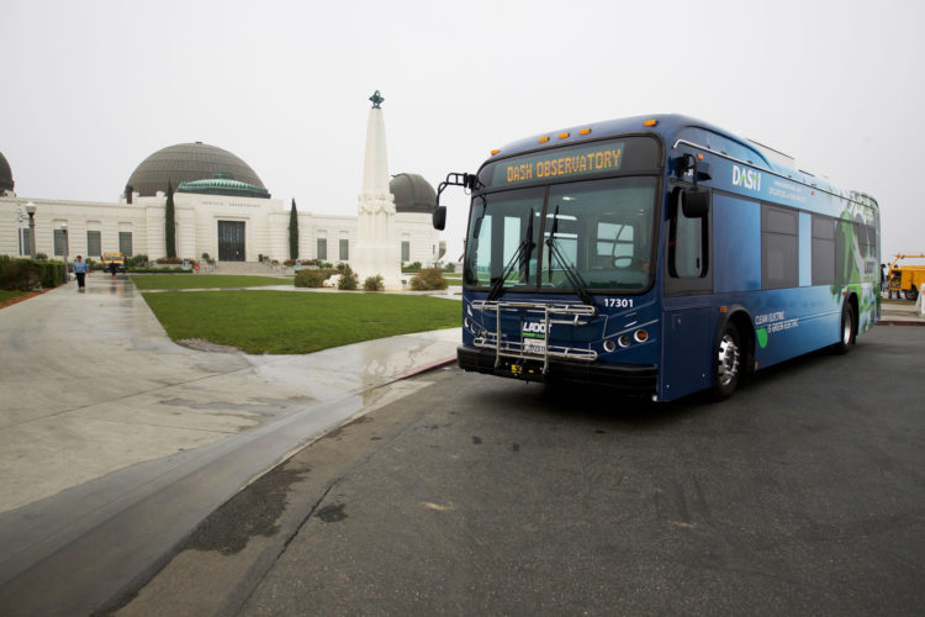
The Los Angeles Department of Transportation operates daily low-cost Los Feliz public bus service from the Vermont/Sunset Metro Red Line station to the Observatory.
DASH Observatory/Los Feliz service operates daily from 10 am to 10 pm.
The cost is 50 cents, but with a Metro TAP card, it is only 35 cents.
Hiking or Bike
Several routes are available for visitors looking to hike or bike to the Observatory,
Guided tours are also available to hike to the Griffith Observatory.
Taxi or Shared ride
Visitors looking to take a taxi or shared ride service to the Observatory can use services like Uber and Lyft in the Los Angeles area.
Griffith Observatory Views
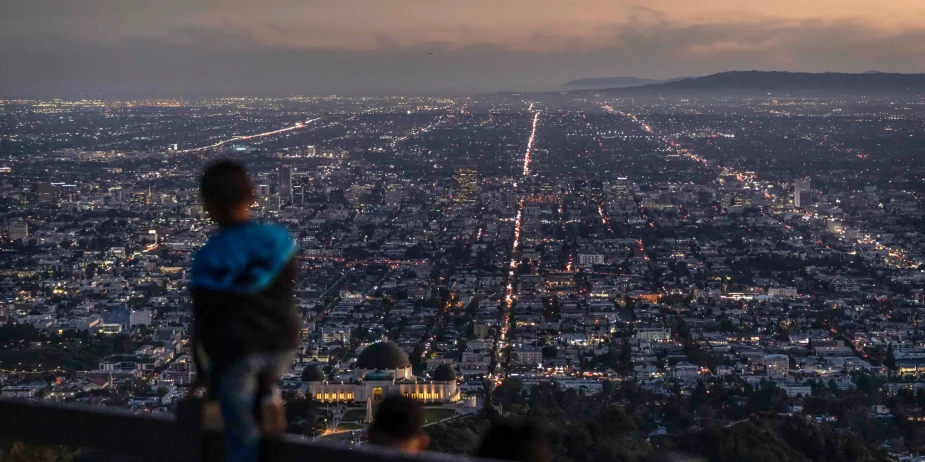
On clear days, you can witness a panoramic view of the LA Basin, the surrounding mountains and the Pacific Ocean.
Enjoy the opportunity to observe the city skyline, the Hollywood Hills and the iconic sign.
To experience a beautiful sunset of the glittering city below, plan to go just before dark.
If you’re more interested in the daytime sights, try to get there before noon on a weekday for more convenient parking.
Samuel Oschin Planetarium
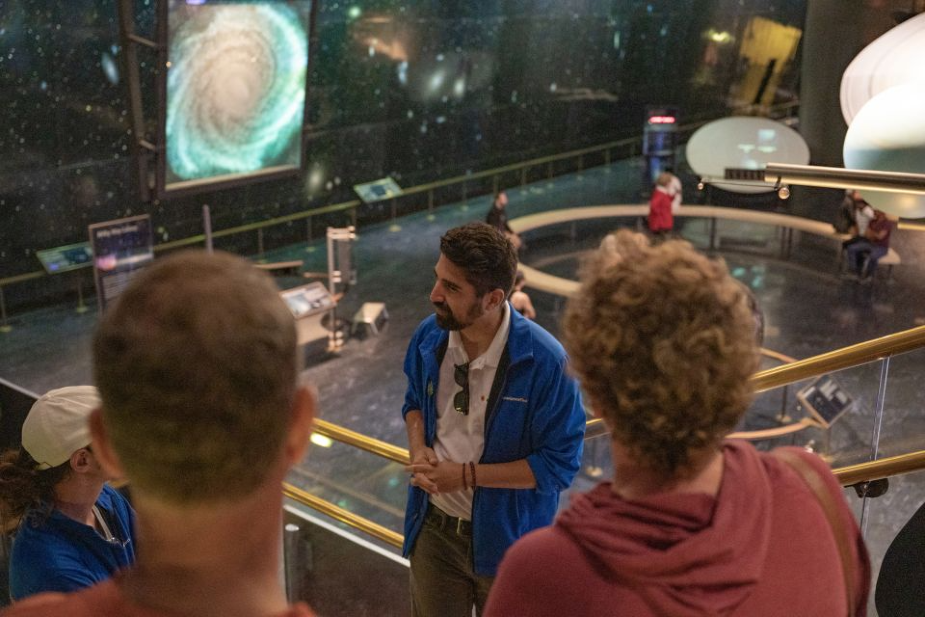
The Samuel Oschin Planetarium is a public planetarium located in Los Angeles, California.
Operated by the California Science Center, the Samuel Oschin Planetarium provides educational programs, events and shows about astronomy.
The Samuel Oschin Planetarium, dedicated to Samuel Oschin, features an 87-foot dome, a state-of-the-art projection system and seating for over 240 people.
The planetarium offers shows, events and educational programs for children and adults.
Its shows feature stunning visuals, along with engaging stories and facts about astronomy, the night sky and the universe.
It also offers traditional star shows, laser shows and a variety of educational programs and activities.
In addition to its regular programming, the Samuel Oschin Planetarium regularly hosts lectures by prominent astronomers, live music performances and art exhibitions.
It also provides resources, such as planetarium software, a telescope library and a digital archive of astronomical images.
The Samuel Oschin Planetarium is a great resource for anyone looking to explore the wonders of the night sky and the universe.
Whether you’re interested in learning more about astronomy or simply want to take in a stunning show, the planetarium has something for everyone.
Zeiss Telescope
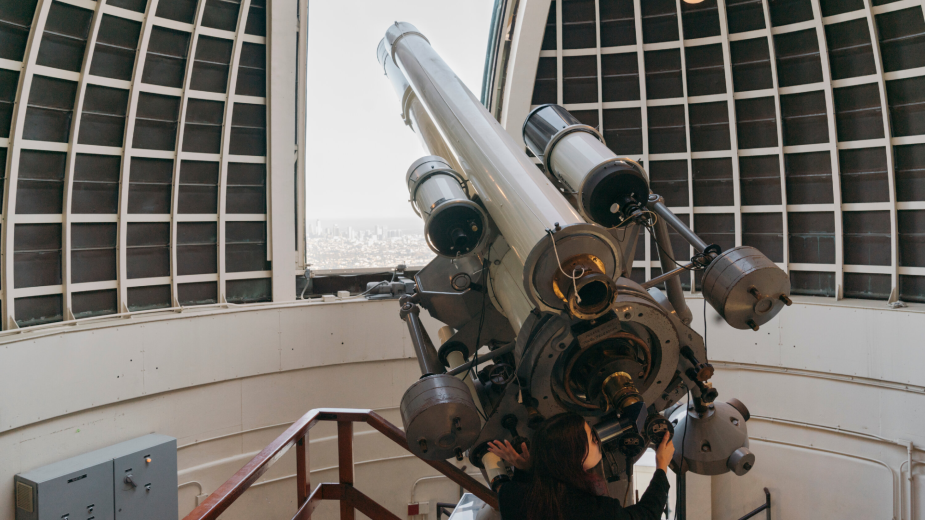
The Zeiss Telescope is a large astronomical telescope produced by the famous German optics company Carl Zeiss.
First developed in the 1920s, the Zeiss Telescope is widely regarded as one of the most important and influential telescopes in the history of astronomy.
The Zeiss Telescope is an optomechanical system that consists of a combination of mirrors, prisms and lenses.
This system allows for the focusing of light from celestial objects to be projected onto a photographic plate or CCD sensor.
The telescope has a large array of lenses and prisms, along with a variety of filters, allowing for the observation of a wide range of objects in the night sky.
The Zeiss Telescope is renowned for its quality of images and its ability to capture faint objects.
It helps observe a wide range of astronomical phenomena, including galaxies, nebulae, star clusters and comets.
The Zeiss Telescope was also the first telescope to be used to photograph the surface of the Moon.
The Zeiss Telescope is still in use today and is regularly employed by astronomers to capture images and data of the night sky.
Its lasting legacy has made it one of the most iconic and influential telescopes of all time.
Exhibits in Griffith Observatory
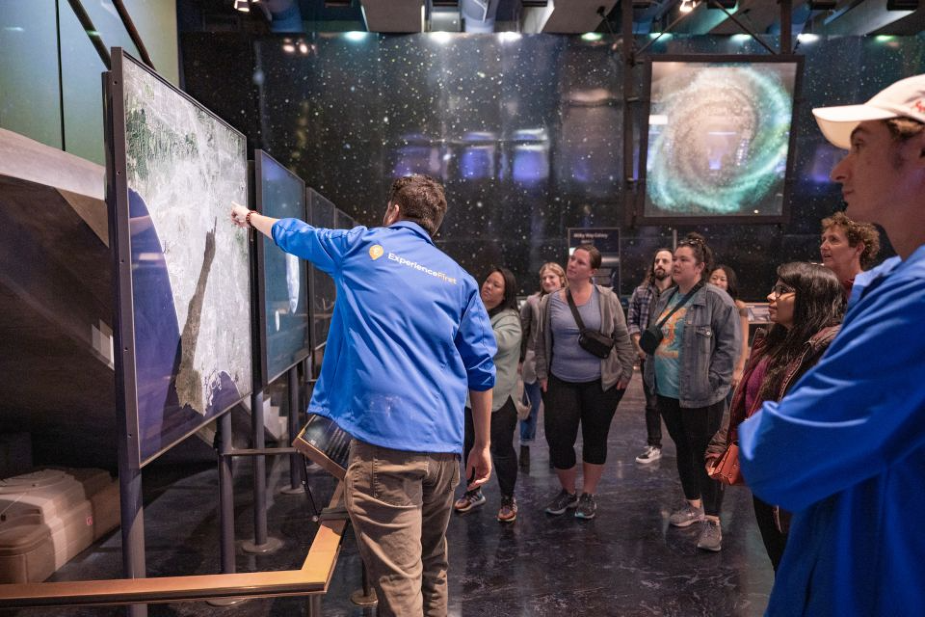
Griffith Observatory in Los Angeles is home to an array of fascinating exhibits.
The Observatory is open to the public, and visitors can explore the exhibits in the Donald E. Womack Exhibit Hall and the Leonard Nimoy Event Horizon Theater.
The Donald E. Womack Exhibit Hall is a great place to start your exploration of the Observatory.
It houses a variety of interactive and educational exhibits.
Visitors can learn about the history of the Observatory, explore the night sky and even take a ride on the Cosmic Zoom Machine.
In the Leonard Nimoy Event Horizon theater, visitors can watch the historic Zeiss planetarium show, narrated by Leonard Nimoy himself.
The show takes viewers on a journey through the night sky, exploring the stars, galaxies and nebulae that make up the universe.
In addition to these permanent exhibits, the Observatory also has rotating temporary exhibits.
These exhibits explore a variety of topics related to astronomy and space exploration.
Previous exhibits included displays about the Apollo 11 mission, black holes, and even an exhibit about the science of the Harry Potter movies.
Featured Image: GriffithObservatory.org



